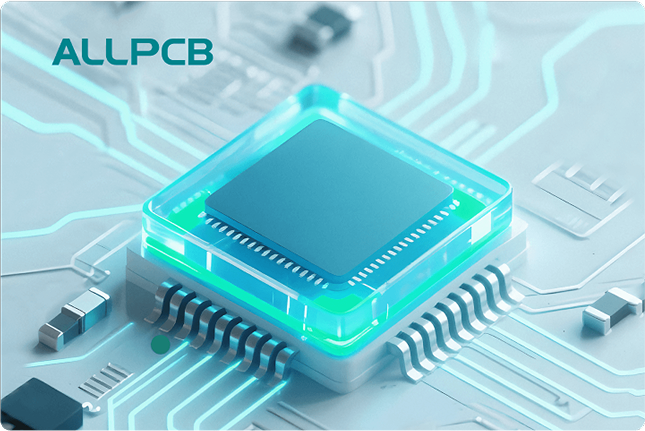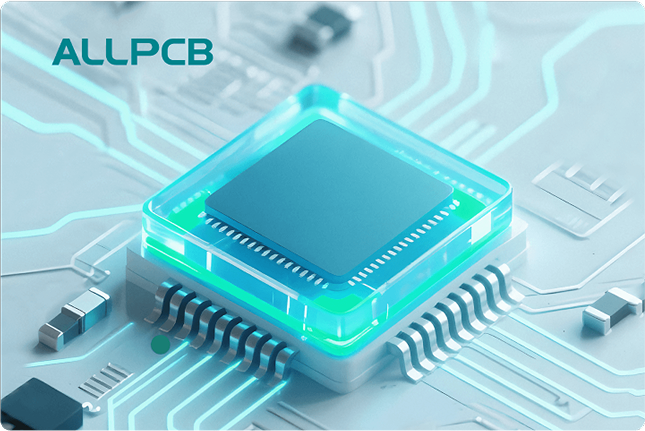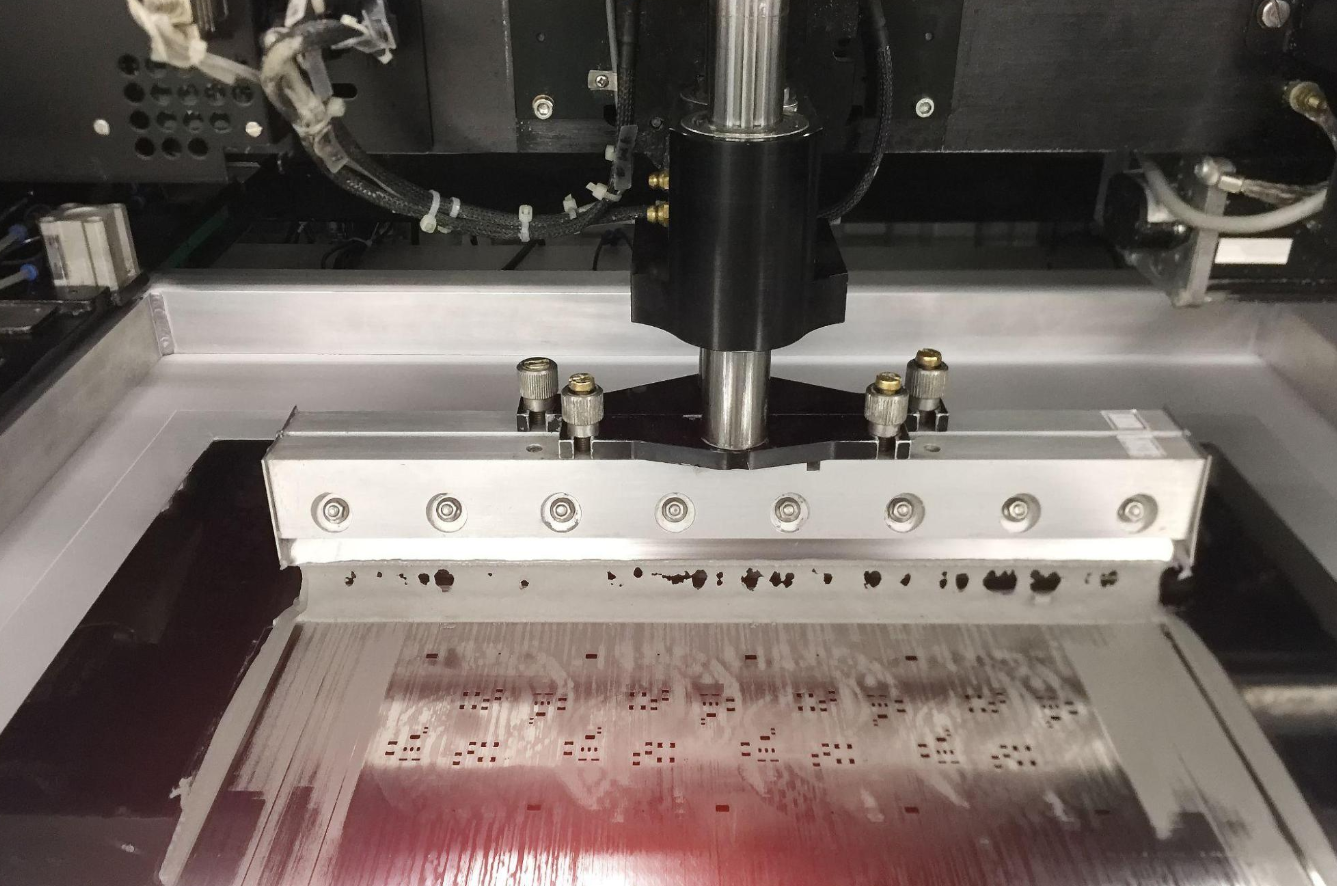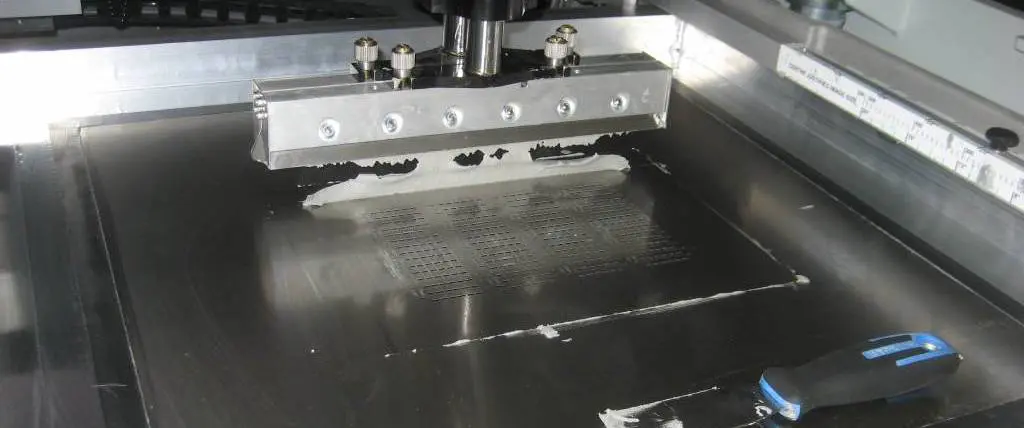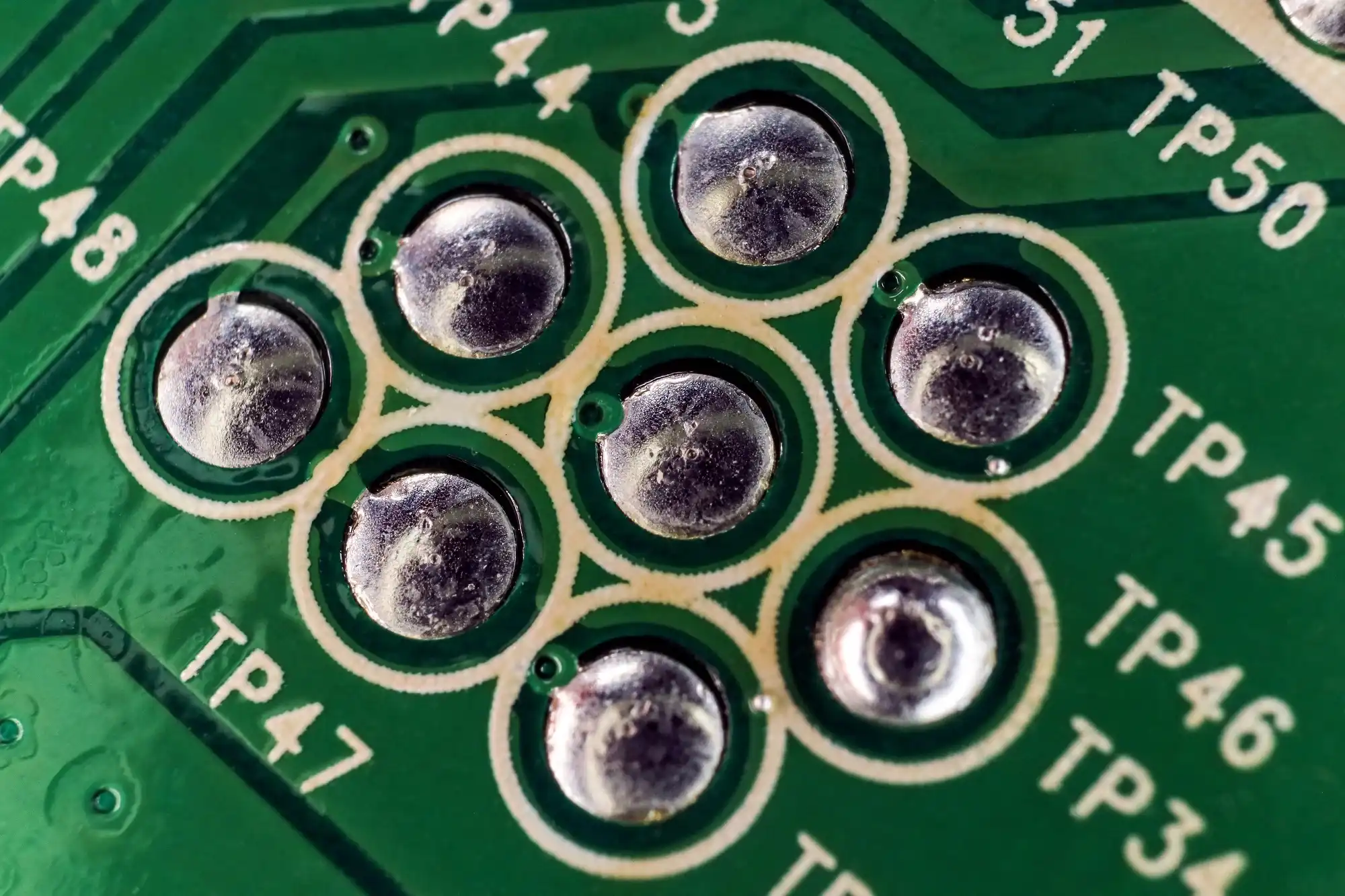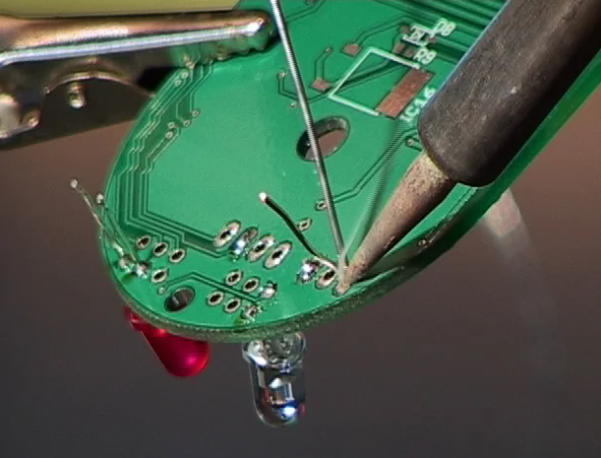Are you struggling to achieve precise selective conformal coating for your printed circuit boards (PCBs), especially on fine pitch components or small, intricate areas? Automated conformal coating machines are the solution, offering pinpoint accuracy and consistency that manual methods can't match. In this blog, we'll dive deep into how these machines deliver exceptional results, focusing on selective conformal coating machine accuracy, automated conformal coating for fine pitch components, and other critical aspects like programming precision and handling keep-out zones. Whether you're an electrical engineer or a manufacturing professional, this guide will provide actionable insights to elevate your coating processes.
Why Selective Conformal Coating Matters in PCB Manufacturing
Conformal coating is a protective layer applied to PCBs to shield them from moisture, dust, chemicals, and temperature extremes. This layer is crucial for ensuring the longevity and reliability of electronic components, especially in harsh environments like automotive, aerospace, and industrial applications. However, not all areas of a PCB need coating—some components, connectors, or test points must remain uncoated for functionality. That's where selective conformal coating comes in.
Selective coating targets specific areas of the board, avoiding sensitive zones. Doing this manually is time-consuming and prone to errors, often leading to uneven layers or accidental coating of keep-out zones. Automated machines solve these issues by delivering precision down to the micrometer level, ensuring consistent protection without compromising functionality.
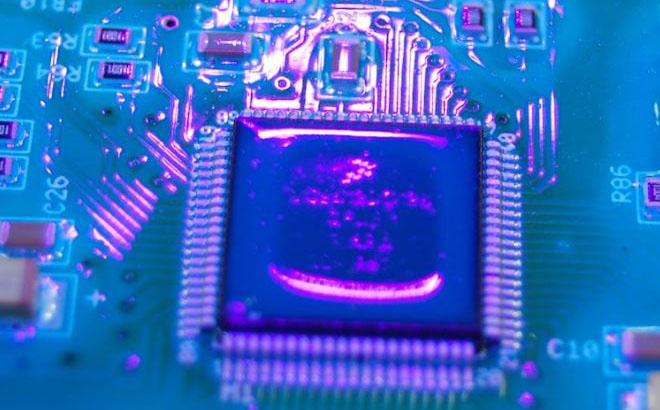
The Power of Selective Conformal Coating Machine Accuracy
When it comes to selective conformal coating machine accuracy, modern automated systems are game-changers. These machines can achieve running accuracies as tight as ±0.02 mm (20 μm), as seen in models like the iCoat-5 and iCoat-3 systems from Anda Technologies. This level of precision means that even the smallest components or tightly spaced areas on a PCB can be coated without overspray or errors.
For electrical engineers, this accuracy translates to fewer defects and higher reliability. Imagine working on a high-density PCB where components are spaced just 0.5 mm apart. A slight misalignment in coating could cause bridging or short circuits. Automated machines use advanced vision systems and multi-axis control (like 5-axes XYZU with tilt capabilities) to ensure the coating is applied exactly where it's needed, avoiding such risks.
Moreover, accuracy isn't just about placement—it's also about consistency. Automated systems maintain uniform thickness across the coated area, typically within a tolerance of ±10 μm, ensuring optimal protection without excess material that could interfere with heat dissipation or component performance.
Automated Conformal Coating for Fine Pitch Components
One of the biggest challenges in PCB manufacturing is applying automated conformal coating for fine pitch components. Fine pitch components, often with lead spacing as small as 0.4 mm, are common in modern electronics like smartphones, medical devices, and IoT gadgets. Coating these tiny, closely packed parts requires extreme precision to avoid coating bleed or insufficient coverage.
Automated conformal coating machines tackle this challenge with specialized nozzles and programmable dispensing patterns. For instance, needle-style dispensers can target areas as small as 0.1 mm wide, while vision-guided systems detect component edges and adjust in real-time to prevent overspray. This capability is critical for engineers working on compact designs where every micrometer counts.
In practice, a machine like the SimpleCoat from SW Systems can handle a variety of coating materials—polyurethane, acrylic, silicone, and UV-curable coatings—while maintaining repeatability within ±0.01 mm. This ensures that even fine pitch components receive a uniform protective layer, safeguarding them from environmental stressors without affecting their electrical performance.
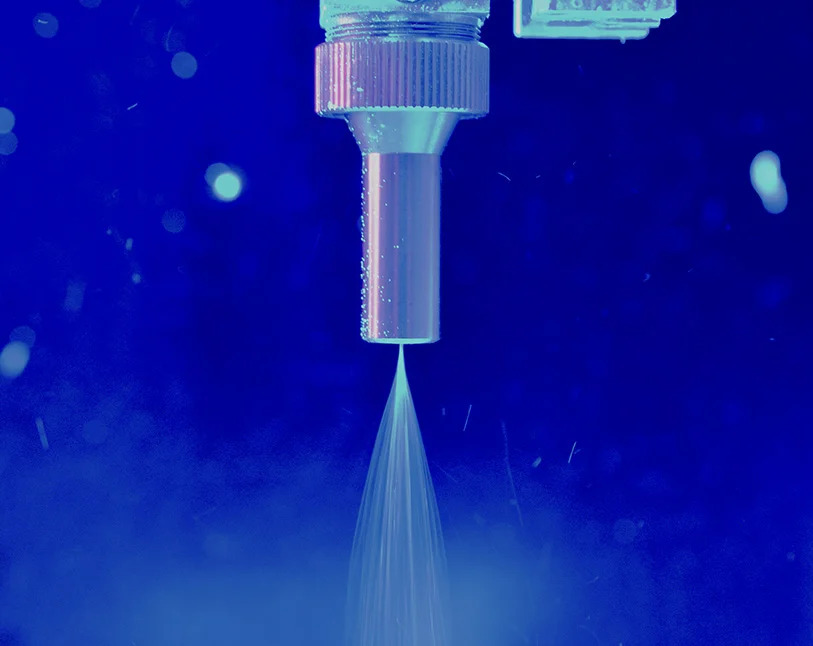
Conformal Coating Machine Programming Precision
Behind the accuracy of automated coating lies conformal coating machine programming precision. Modern systems come equipped with user-friendly software that allows engineers to define exact coating paths, material flow rates, and curing parameters. Programming precision ensures that the machine follows the design intent, coating only the designated areas while avoiding keep-out zones.
For example, software like Nordson's EasyCoat 6 enables engineers to upload PCB layouts directly into the system, mapping out coating areas with pinpoint accuracy. You can set parameters like coating thickness (e.g., 50-200 μm depending on the material and application) and speed (up to 500 mm/s for high-throughput production). The software also supports real-time monitoring, alerting operators to deviations or potential issues during the coating process.
For electrical engineers, this level of control is invaluable. It means you can customize the coating process for each PCB design, whether you're working on a simple single-layer board or a complex multi-layer assembly. Programming precision also reduces setup time, allowing for quick transitions between different PCB batches—a must in high-mix, low-volume manufacturing environments.
Managing Conformal Coating Keep-Out Zones
One of the trickiest aspects of selective coating is handling conformal coating keep-out zones. These are areas on the PCB—like connectors, test points, or heat sinks—that must remain uncoated to maintain functionality or allow for future testing and assembly. Applying coating to these zones can lead to connection failures or thermal issues, making precision in avoiding them non-negotiable.
Automated machines excel at managing keep-out zones through a combination of advanced vision systems and precise programming. High-resolution cameras and laser sensors map the PCB surface, identifying keep-out zones with accuracies down to 0.01 mm. The machine then adjusts its coating path dynamically, ensuring no material is deposited in restricted areas.
As an engineer, you've likely encountered the frustration of manual masking—applying tapes or plugs to protect keep-out zones before coating. Automated systems eliminate this labor-intensive step, saving time and reducing the risk of human error. For instance, during a project involving a PCB for an automotive control unit, using an automated system cut masking time by 70%, while ensuring zero coating intrusion into keep-out zones around critical connectors.
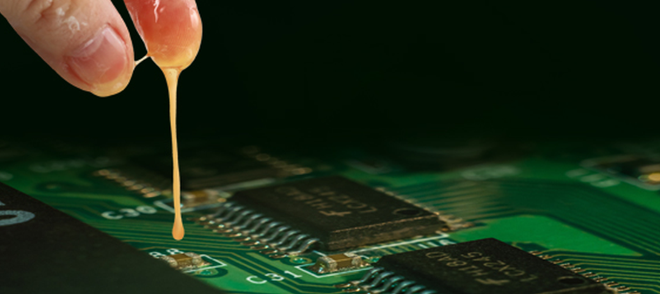
Challenges and Solutions for Conformal Coating Small Components
Applying conformal coating to small components presents unique challenges. Components like microchip resistors, capacitors, or MEMS sensors often have dimensions under 1 mm, making them prone to overcoating or insufficient coverage. Overcoating can alter their electrical properties, while undercoating leaves them vulnerable to environmental damage.
Automated conformal coating machines address these issues with ultra-fine dispensing tips and adjustable flow control. For example, a typical needle dispenser can apply coating droplets as small as 0.05 mm in diameter, perfect for tiny components. Additionally, tilt mechanisms (up to 35° in some systems) allow the machine to access hard-to-reach areas under or around small components without disturbing adjacent parts.
Another solution is the use of UV-curable coatings, which harden instantly under UV light, preventing material from spreading to unintended areas. This is particularly useful for small components where even a slight overrun can cause issues. As an electrical engineer, adopting such technologies can drastically improve yield rates—some manufacturers report defect reductions of up to 40% after switching to automated systems for small component coating.
Benefits of Automated Conformal Coating Machines for Engineers
For electrical engineers, the advantages of automated conformal coating machines go beyond accuracy and precision. Here are some key benefits:
- Time Efficiency: Automated systems can coat hundreds of PCBs per hour, compared to manual methods that might take hours for a single board.
- Cost Savings: Reduced labor costs and minimized material waste (due to precise dispensing) lower overall production expenses.
- Consistency: Uniform coating thickness and repeatability ensure every board meets the same quality standards, critical for high-reliability applications.
- Scalability: Whether you're producing 10 or 10,000 PCBs, automated machines adapt to varying production volumes with minimal reconfiguration.
Consider a real-world scenario: a project involving IoT sensor boards required coating for 5,000 units with tight deadlines. Using an automated system, the entire batch was coated in under 48 hours with zero defects, a feat impossible with manual methods. Such efficiency allows engineers to focus on design and innovation rather than repetitive tasks.
Choosing the Right Automated Conformal Coating Machine
Selecting the right machine for your needs involves evaluating several factors:
- Accuracy and Repeatability: Look for systems with tolerances under ±0.02 mm for high-precision applications.
- Material Compatibility: Ensure the machine supports the coating materials you use, such as acrylics, silicones, or UV-curable compounds.
- Programming Flexibility: Opt for software that allows easy customization of coating paths and parameters.
- Throughput: Match the machine's speed to your production volume—some systems handle up to 1,000 mm/s for high-speed lines.
- Support for Fine Pitch and Small Components: Confirm the machine offers fine dispensing tips and tilt mechanisms for intricate designs.
Brands like Anda Technologies, Nordson, and SW Systems offer a range of machines catering to different needs, from budget-friendly models to high-end systems with advanced features. Researching and testing a demo unit can help ensure the machine aligns with your specific requirements.
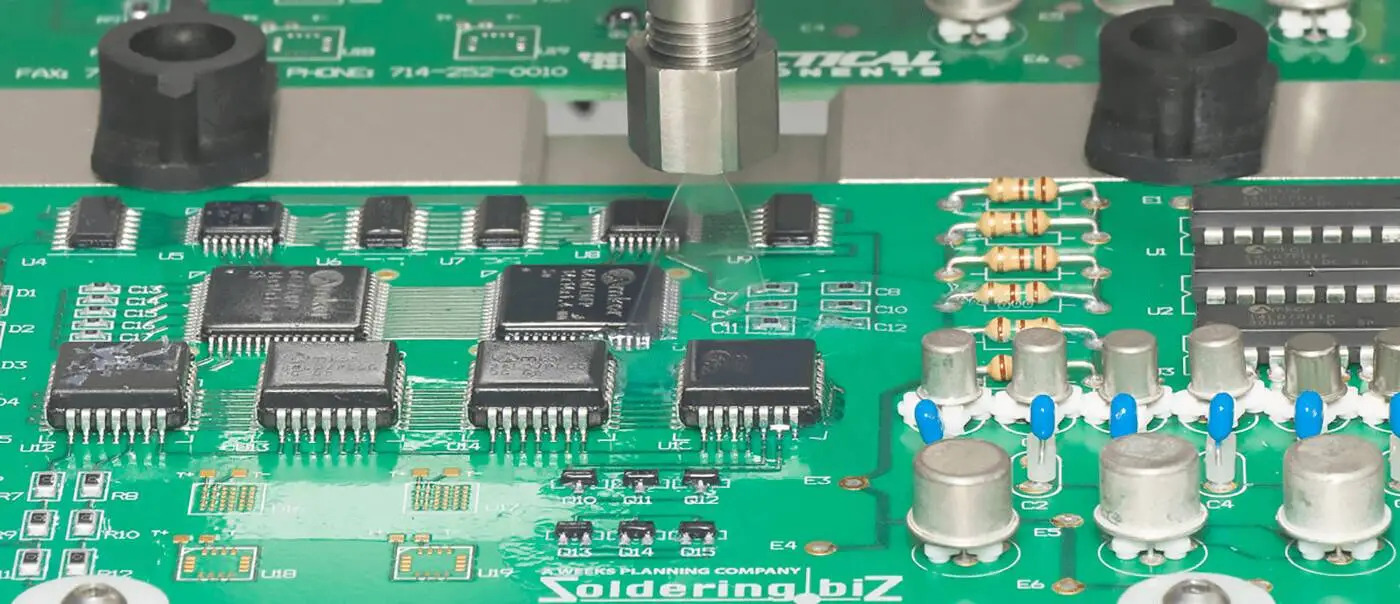
Conclusion: Elevate Your PCB Protection with Automation
Achieving pinpoint accuracy in selective conformal coating is no longer a challenge thanks to automated machines. With exceptional selective conformal coating machine accuracy, specialized capabilities for automated conformal coating for fine pitch components, and precise handling of conformal coating keep-out zones, these systems are indispensable for modern PCB manufacturing. They also excel at conformal coating small components and offer unmatched conformal coating machine programming precision, ensuring reliability and efficiency in every project.
 ALLPCB
ALLPCB


